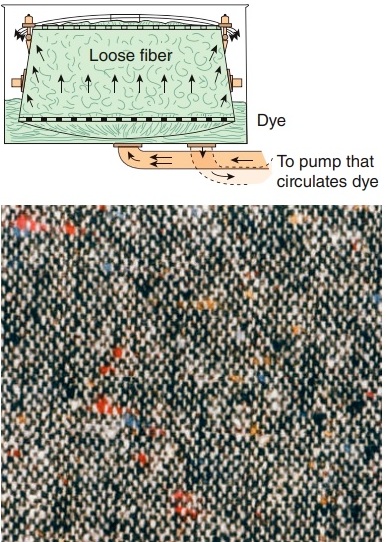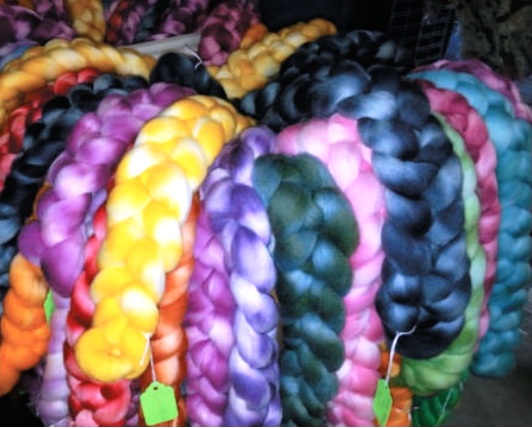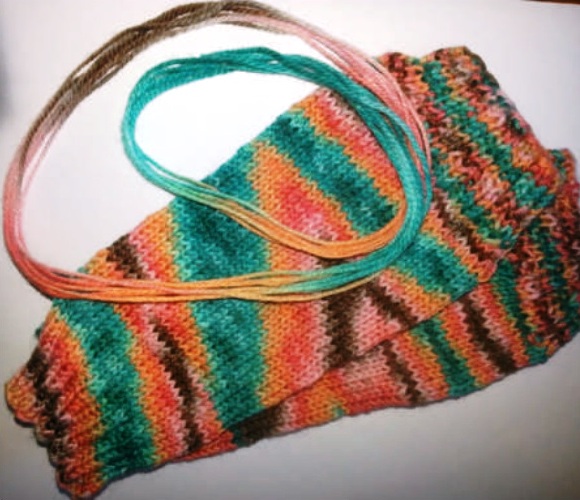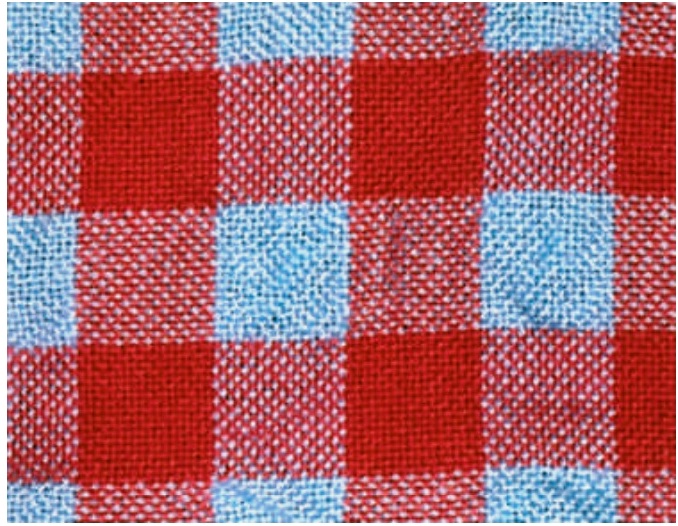Dyeing and Printing
 |
| Dyeing and printing |
The colorant is a broad term that refers to materials that are used to provide color to cloth. Colorants can be pigments or dyes. Colorants and dyeing and printing techniques are chosen by manufacturers depending on their skills, knowledge, and market needs. This information is critical because it is paired with data like fiber composition, other materials used in the product, and product assembly procedures to determine suitable care label recommendations. A plaid shirt made of colored yarns, for example, looks different, costs more, and is of worse quality than a shirt made of plaid print. The care needed for a red T-shirt colored with a reactive dye differs from that necessary for a garment done with a direct dye.
Manufacturer capabilities include equipment type and size, rules and regulations, air and water quality standards, and colorants utilized. The number of textile materials a production facility can color at one time, as well as the sort of material they deal with, are determined by the type and size of equipment. Some producers, for example, exclusively dye cotton yarn or fiber, whereas others only dye wool yarn or fiber. Some denim makers just color warp yarns. Some companies exclusively dye cloth, while others only screen print fabric. The laws and regulations governing dyeing and printing, and marketing the dyed or printed textile items differ from nation to country. The focus in various regions of the world is on water treatment and air quality. The kind of colorants used in different regions of the world may also be addressed by laws and regulations. Certain colors, for example, are prohibited in the European Union.
Dyeing and printing are critical components of the local fiber movement. Some company owners specialize in dyeing yarn, fiber, or fabric for fiber artists, hobbyists, or other small local fiber businesses. Other business owners dye or print goods such as silk scarves, cotton T-shirts, or cotton canvas bags to sell to customers through local galleries, art or fiber fairs, or internet sites. Others provide dye-to-order services to customers who require a product in a certain hue but cannot locate it on the market.
Sustainability
Textile dyeing and printing have a substantial environmental impact. The procedures used to create dyes and pigments; the usage of water and other chemicals; the discharge of dyes, pigments, and other chemicals into water systems; air pollution; worker and family health problems; and energy use are all factors. Color of the dye or pigment, salt, acids, and heavy metals are all components that contribute to water-quality issues. Some materials generate issues due to their high chemical oxygen demand (COD); others have a high biological oxygen demand (BOD). High COD and BOD materials create unfavorable habitats for aquatic plants and animals and may cause difficulties with future water use. Color in water interferes with the photosynthesis of aquatic plant life.
The durability of dyes varies greatly as well. The bulk of colors used is synthetic dyes, which are made from organic chemicals, many of which are byproducts of the petroleum industry. Natural dyes are environmentally friendly since they may be cultivated and collected regularly.
As manufacturers acknowledge the direct costs of wasteful use of materials and energy and implement closed-loop recycling of solvents, chemicals, energy, and water, manufacturers reduce sustainability challenges. Dye chemists use computers to create formulae to match designer samples and monitor dying or printing operations to ensure color consistency. Each color in a print is automatically registered by computers so that the edges match.
Stages
The stage at which color is applied has very little to do with fastness but a lot to do with dye penetration. Fabric design, quality level, and pricing all influence the dye stage. Depending on the intended color effects and the quality or ultimate usage of the fabric, color may be applied to textiles during the fiber, yarn, fabric, or product stage. Fiber-dyeing achieves better dye penetration than yarn-dyeing, yarn-dyeing achieves better dye penetration than piece-dyeing, and piece-dyeing achieves better dye penetration than product-dyeing.
Fiber Stage
Color is applied to fibers before yarn spinning in the fiber-dyeing process. Many fiber-dyed goods have a little erratic hue, such as a heather or tone-on-tone grey. Fiber printing does not take place since the same effect may be obtained with less effort or equipment.
Solution-dyed, producer-colored, spun-dyed, dope dyeing and mass coloring are other terms for mass pigmentation. It entails adding colored pigments or dyes to the spinning fluid before the formation of the fiber. As a result, each fiber is colored as it is spun. The color is a natural component of the fabric and is resistant to most color degradants. This approach is suitable for fibers that are difficult to dye using other processes, for specific goods, or when achieving a certain depth of the shade is challenging. Colors are often limited due to stocking constraints. Many olefins, black polyester, and acrylics for awnings and tarpaulins are examples of mass-pigmented fibers.
Stock, or fiber, dyeing is employed when mottled or heather effects, such as tweed or heather, are desired. Before spinning yarn, loose, staple fibers are dyed. It is possible to achieve good dye penetration, but it is costly.
Stock or fiber dyeing process and tweed-fabric example.
Dyed roving available to the hand spinner.
Yarn Stage
Yarn dyeing can be done with yarn in skeins (skein dyeing), yarn wrapped on cones or packages (package dyeing), or yarn twisted on warp beams (beam dyeing). Yarn dyeing is less expensive than fiber dyeing but more expensive than fabric dyeing and printing. Yarn-dyed patterns are more restricted, and stockpiles are large.
Yarn dyeing process and fabric.
Yarn-dyed textiles are more expensive to make because large stocks of yarns in a range of colors are necessary, as is more time spent threading the loom or setting up the knitting machine correctly. Furthermore, every time the color pattern is altered, time is required to rethread the loom or change the knitting machine setting. Yarn-dyed textiles are considered higher-quality materials, yet solid-color yarn-dyed fabrics are uncommon. Other methods of producing solid-color textiles are substantially less expensive.
Hand-painted yarn with a fingerless glove knit from that yarn.
Although yarn printing is
uncommon, it is done for specialty textiles and certain yarn used by fiber
artists and hobbyists. Warp print textiles are created by weaving yarn that has
been printed with a pattern before weaving. This chapter goes into further
detail on warp printing later on. Some argyle hand knits are done with
hand-printed or hand-painted yarn.
Piece or Fabric Stage
Piece-dyed fabric face (a) and back (b).
Cross Dyeing
Cross dyeing is the process of dyeing textiles and occasionally yarns made of fibers from different generic groups, such as protein and cellulose, or by mixing acid-dyeable and basic-dyeable fibers from the same generic group. Each fiber type or alteration has a unique dye class bond. When different colors are used for each dye class, the colored cloth seems to be yarn-dyed. The below Figure depicts a fabric consisting of wool and cotton yarns that have been dyed with a red acid dye and a blue direct dye, respectively. Some products are also cross-dyed, however for optimal results, well-prepared goods and great attention to detail are required.
Cross-dyed fabric Blue yarns are 100% cotton, red yarns are 100% Wool
Union Dyeing
Another sort of piece dyeing of textiles manufactured with fibers from various groups is union dyeing. Union dyeing, as opposed to cross dyeing, results in a final cloth that is a solid hue. In the same dye bath, dyes that create the same hue on the fiber but are of a different kind for each fiber to be dyed are combined. Union dyeing is ubiquitous, as seen by the abundance of solid-color mix textiles on the market. The varying fastness qualities of each dye class provide an issue with these textiles. Because of the variances in colorfastness of the dyes, aged, union-dyed textiles may resemble heather.
Union-dyed fabric after several wash or dry cycles starts to take on a heather look because the two dyes do not have the same fastness.
Product Stage
Fabric can be product- or garment-dyed after it has been cut and sewed into a completed product. The product is colored when the color requirement has been decided. Gray things must be properly prepared before they can be dyed. To obtain a level, consistent color across the product, great care must be used in processing the materials and dying. Careful component selection is necessary, or the buttons, thread, and trim will be a different color due to variances in dye absorption between the various product pieces. Product dyeing is crucial in the garment and interiors sectors, where there is a focus on responding quickly to retail and customer demands.
Product printing is frequent, especially for goods for special events and sporting teams. The most common print processes are flat screen, heat transfer, and digital. Small business owners frequently screen print T-shirts, caps, bags, and other goods for customers on demand. Fiber artists and others create fiber art such as accessories and wall hangings, as well as custom printed items such as clothes and cushions.


















